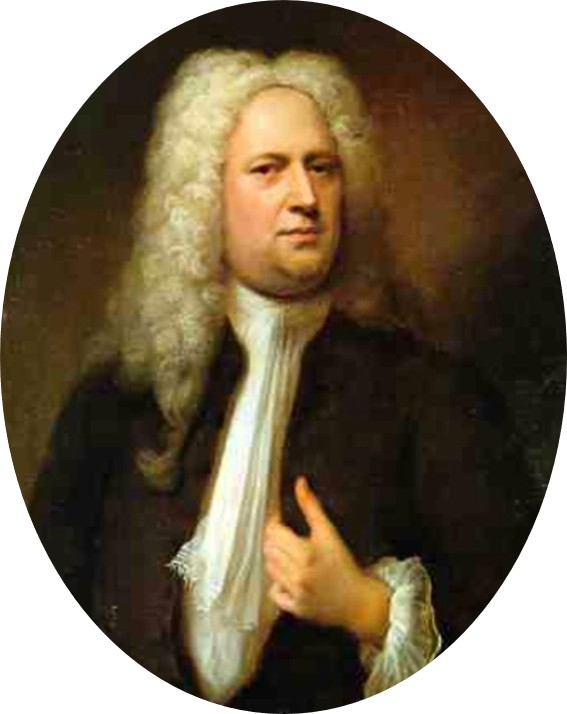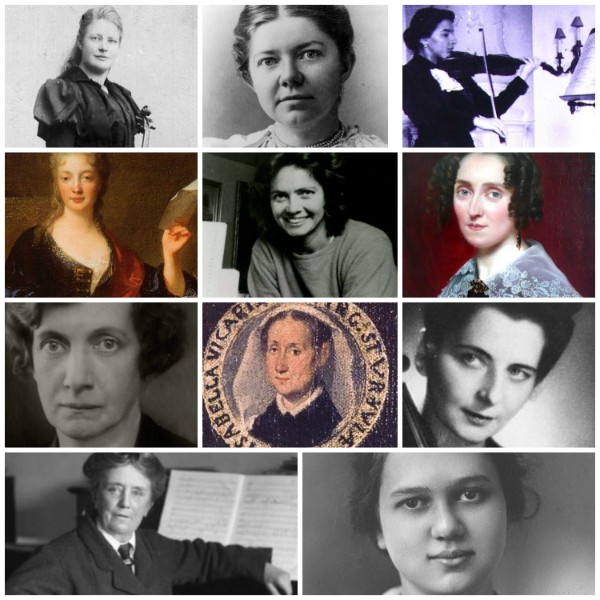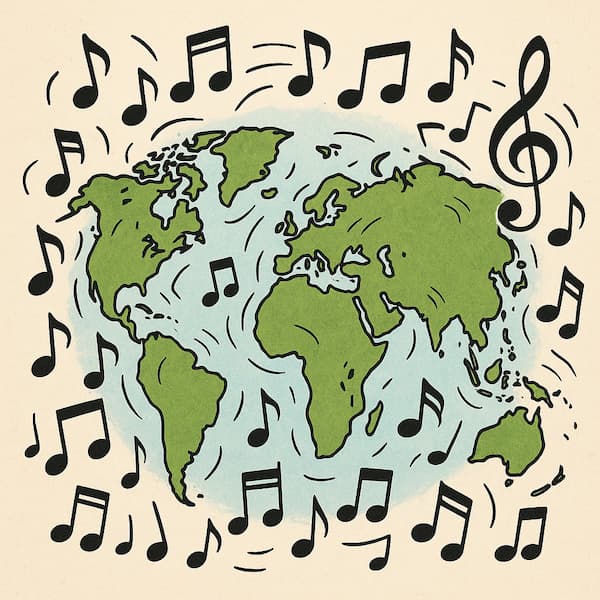The Polish-born American violinist Samuel Dushkin (1891-1976) is widely known for his extensive collaborations with Igor Stravinsky. The two men were compatible friends from the very beginning and eventually embarked on a concert tour through Europe and the United States, which lasted for the better part of five years. Dushkin was said to have had a gentle, self-effacing, and considerate character, which sharply contrasted with Stravinsky’s fiercely dynamic, egotistical and combative demeanour. A biographer writes, “much of the success of the friendship must be attributed to the violinist’s wholly unaggressive nature, as well as to his rich sense of humour.”

Samuel Dushkin
Stravinsky and Dushkin first met in Paris in 1931, but both had been in town for some time already. Dushkin had studied at the Paris Conservatoire, taking violin lessons with Guillaume Remy and attending composition classes with Ganaye. He made his Paris début in 1918 and subsequently toured widely, giving many important first performances. One such premiere performance took place on 19 October 1924 in Amsterdam, as Pierre Monteux conducted the Concertgebouw, and Dushkin was the soloist in the orchestrated version of Ravel’s Tzigane.
Maurice Ravel: Tzigane
Bohuslav Martinů (1890-1959) had been living in Paris since 1923. In 1931, Dushkin premiered the Stravinsky Violin Concerto after having collaborated closely with the composer. The concerto was a resounding success, and Dushkin was very much the man of the hour. Dushkin was clearly on a roll, and he followed up by commissioning a violin concerto from Martinů in early 1932. The two men became good friends, and on the occasion of a visit, Charlotte Martinů fell ill with double pneumonia and a high fever. Dushkin took charge and had her admitted to the American Hospital at Neuilly, probably saving her life.
Bohuslav writes, “that violinist, Dushkin, is an American and has a lot of connections, so he found some help for us. There’s such an organisation among Americans that takes care of artists when they’re ill. They arranged for us to take Charlotte to the hospital, and they’re going to pay for the hospital care and the entire stay and treatment! Dushkin really devoted himself to her. He saw that I wouldn’t make it on my own.”
Bohuslav Martinů: Concerto for Violin and Orchestra, No. 1 “Allegro moderato” (Frank Peter Zimmermann, violin; Bamberg Symphony Orchestra; Jakub Hrůša, cond.)
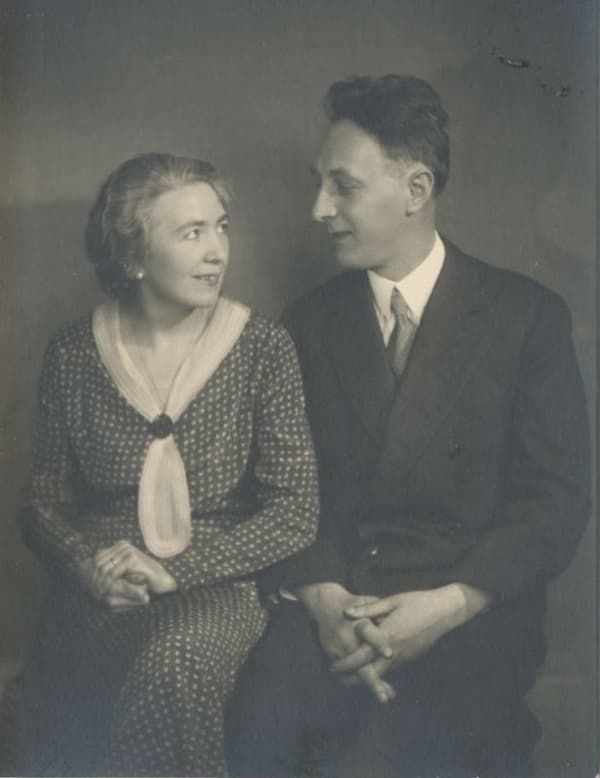
Bohuslav and Charlotte Martinů
The friendship between Martinů and Dushkin, however, did not make for a smooth collaboration on the violin concerto. Dushkin had been a creative and technical consultant throughout the gestation of the Stravinsky concerto. He offered advice and suggestions to Stravinsky, who had no experience as a string player. Martinů, on the other hand, had formerly been a professional violinist, and he did not need much assistance. Still, Dushkin suggested countless amendments to the solo part of the concerto, and Martinů tried to please his famous soloist. Nonetheless, as late as February 1934, he admitted in a letter to his family that Dushkin was still dissatisfied and that further work was needed.
Both men eventually lost interest in the concerto, and the score was presumed lost. A Martinů biographer wrote in 1962, “from the beginning of the thirties dates an unfinished Violin Concerto for the American virtuoso Samuel Dushkin. I recall the frequent exchange of opinions between the two artists regarding various details in the concerto, which is apparently the reason for the composer not finishing it and the manuscript of which mysteriously disappeared.” However, the complete manuscript did, in fact, exist, and it did not disappear.
Bohuslav Martinů: Concerto for Violin and Orchestra, No. 1 “Andante” (Josef Suk, violin; Czech Philharmonic Orchestra; Václav Neumann, cond.)
The concerto manuscript was not rediscovered until 1968, nine years after the composer’s death. It had probably been sent by Martinů to Boaz Piller, a bassoonist with the Boston Symphony Orchestra and a close personal friend of Martinů, Stravinsky, Bloch, and Casals, in 1937. Martinů had probably been looking to arouse the interest of conductor Serge Koussevitzky, but in the event, the manuscript was deposited by Piller into the archives of the musicologist Hans Moldenhauer in 1961.
Over the course of forty years, Moldenhauer had assembled an unparalleled collection of primary sources documenting the artistic thoughts and compositional process of celebrated and lesser-known figures of western music dating from the Middle Ages through the twentieth century. This collection, now housed at Northwestern University, was consulted by musicologist Harry Halbreich in 1968 during his work on a catalogue of Martinů’s works. Finally rediscovered, the concerto was first performed in Chicago on 25 October 1973 under George Solti, with Josef Suk as the soloist. It was not a rousing success, as a critic wrote, “it isn’t hard to deduce why the composer never promoted performance or publication of this opus during his lifetime.”
Bohuslav Martinů: Concerto for Violin and Orchestra, No. 1 “Allegretto” (Thomas Albertus Irnberger, violin; Janáček Philharmonic Ostrava; Heiko-Mathias Förster, cond.)

Gershwin’s Short Story
1924 was a hugely successful year for George Gershwin (1898-1937). The premiere of his Rhapsody in Blue had brought down the house, and the musical Lady Be Good! received a wonderfully successful launch. Dushkin was a close personal friend, and he decided to request a recital piece from Gershwin in late 1924. Gershwin was enthusiastic, and the two young men decided to collaborate.
Gershwin was still learning the craft of orchestration and was eager to explore the palette of colours available on instruments other than keyboards. In no time, Gershwin and Dushkin put together Short Story, taking as a starting point two short piano pieces that Gershwin had written a couple of years earlier but had not yet been published. The first piece features a languid and bluesy melody, while the second, more light-hearted syncopated tune, takes on the style of a ragtime. Dushkin and Gershwin premiered Short Story in 1925, and Dushkin programmed it often and recorded it in 1928.
Georg Gershwin: Short Story (arr. S. Dushkin) (Haerim Elizabeth Lee, violin; Alex Brown, piano)
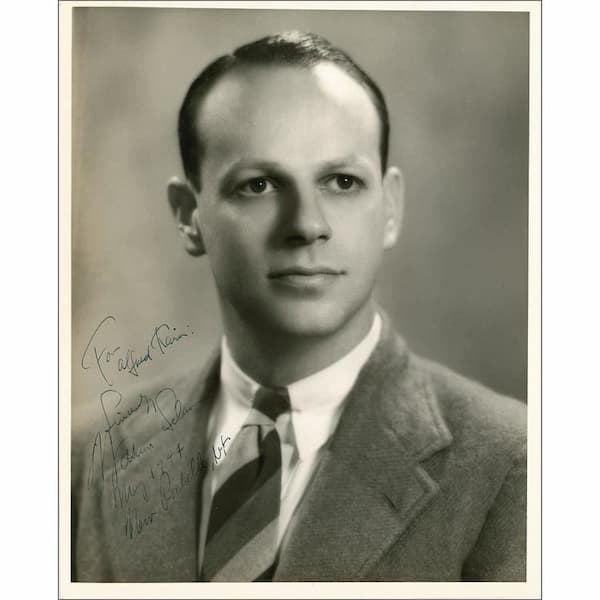
William Schuman
In 1946, Samuel Dushkin approached William Schuman (1910-1992) for a violin concerto he hoped he would be able to premiere with Koussevitzky and the BSO. Once Schuman had completed the score, he sent it to Koussevitzky for review in late 1947. Unfortunately, Dushkin’s playing had significantly deteriorated over the years, and Koussevitzky told Schuman, “I will play it, but not with Dushkin. You must tell Dushkin.” This put Schuman in a rather tricky situation because Dushkin had already paid for the concerto and had exclusive rights to it for three years. Koussevitzky was not interested in legal niceties and said, “I don’t care what your agreement is. Take it away from him. We’ll give it to Isaac Stern and play it with the Boston Symphony.”
Schuman broke the news to Dushkin in a hotel bar, telling him that he could not go on with the Violin Concerto. “I know you were a great performer at one time, but no one is going to play it with you.” Apparently, Dushkin erupted in white-hot anger, snapping the stem of his martini glass in two.
William Schuman: Violin Concerto “Allegro risoluto” (Paul Zukofsky, violin; Boston Symphony Orchestra; Michael Tilson Thomas, cond.)
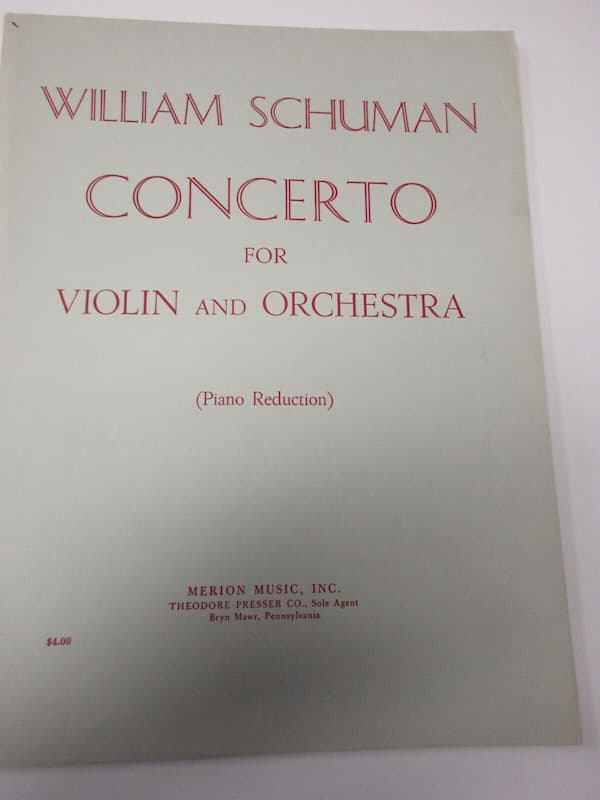
William Schuman’s Violin Concerto
Schuman waited for three years, as Dushkin insisted on maintaining his exclusive right to the work. Finally the concerto was scheduled for performance on 10 February 1950 with Isaac Stern as the soloist and conductor Charles Munch. While the conductor loved the work, the composer accused Stern of not having grasped the intellectual underpinnings of the work and, therefore, of not presenting the concerto in its best light.
Schuman writes, “the inability of certain performers who are only conventional literature performers to come to grips with a new piece on its own terms, so Stern never understood it except superficially. He always thought the opening, which he used to sing, was frenetic, even though I want that to be broadly romantic…he would never play it that way.” Dushkin and Schuman did stay friends, and Schuman wrote at the premiere of the concerto’s final version in 1959, “I thought about you during the period of preparation and performance of the Concerto in Aspen. I cannot help but feel that somehow you would have been pleased.”
William Schuman: Violin Concerto “Introduzione” (Paul Zukofsky, violin; Boston Symphony Orchestra; Michael Tilson Thomas, cond.)
During his extensive performance career, Dushkin published many arrangements and transcriptions for violin and piano. They are published as the “Samuel Dushkin Repertoire,” and include arrangements of music by Bizet, Rachmaninoff, Albéniz and Wieniawski, and Reger. The Dushkin Repertoire also includes a compilation of arrangements by relatively unknown composers, including C. Artok, R. Felber, A. Sasonoff, and Paul Kirman. The Dushkin arrangements were eagerly taken up by a host of eminent violinists, and they are still part of today’s recital repertoire.
For more of the best in classical music, sign up for our E-Newsletter
Paul Kirman: Chants des juifs du Yemen (arr. S. Dushkin) (Leila Rasonyi, violin; Erika Mayer, piano)

